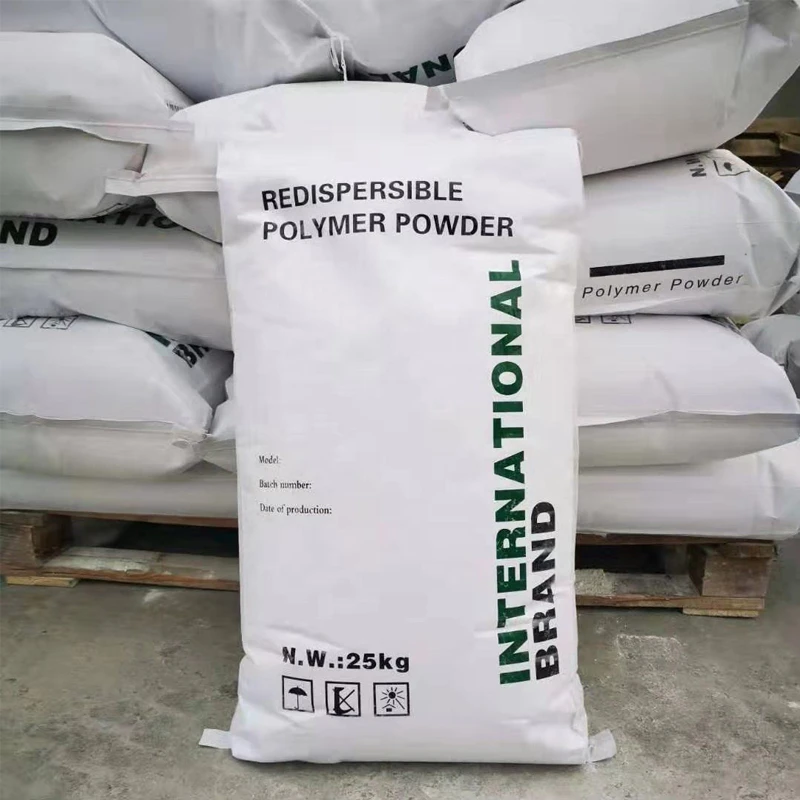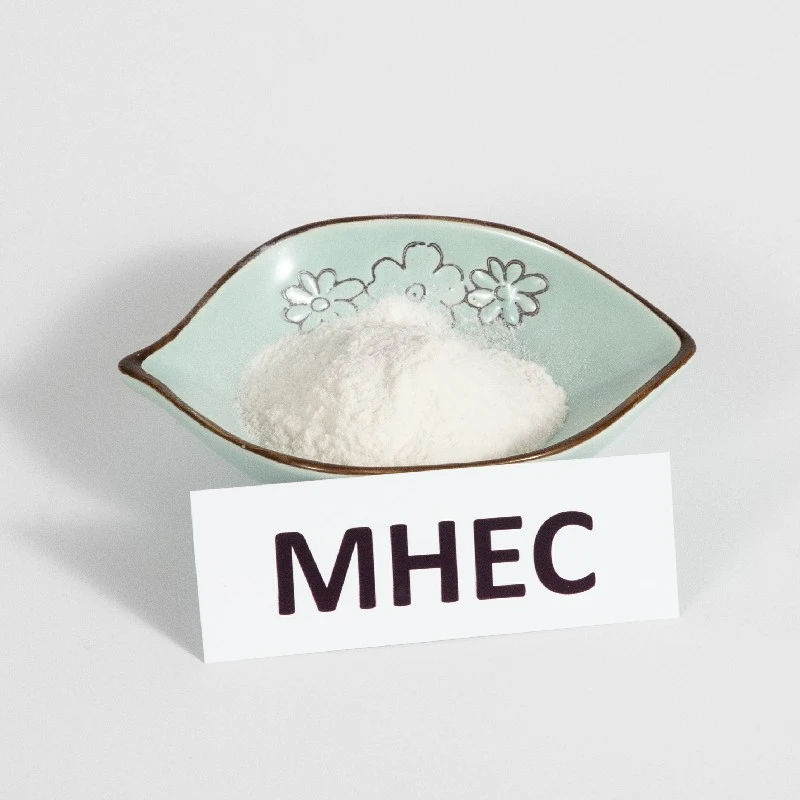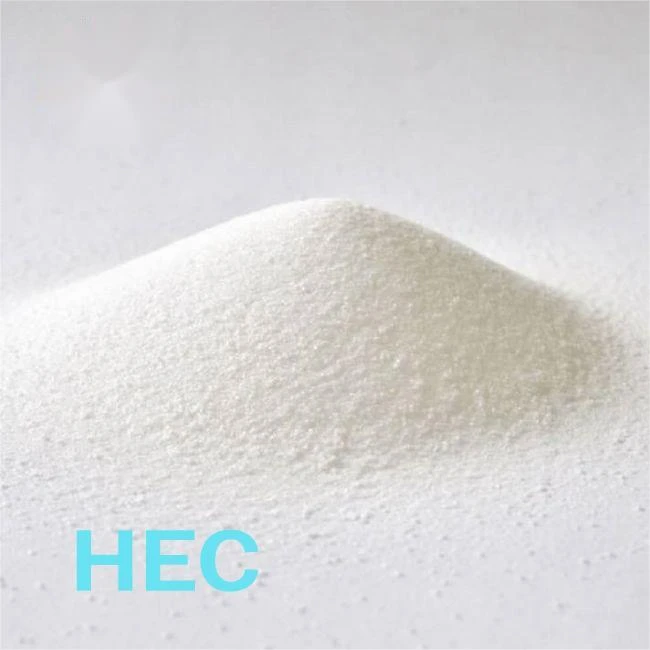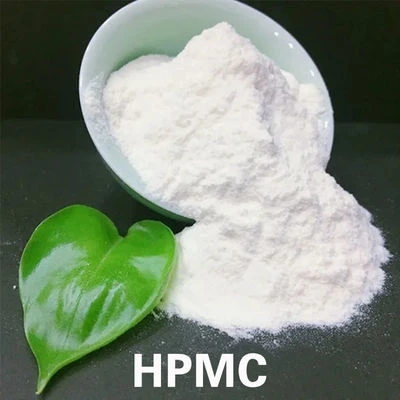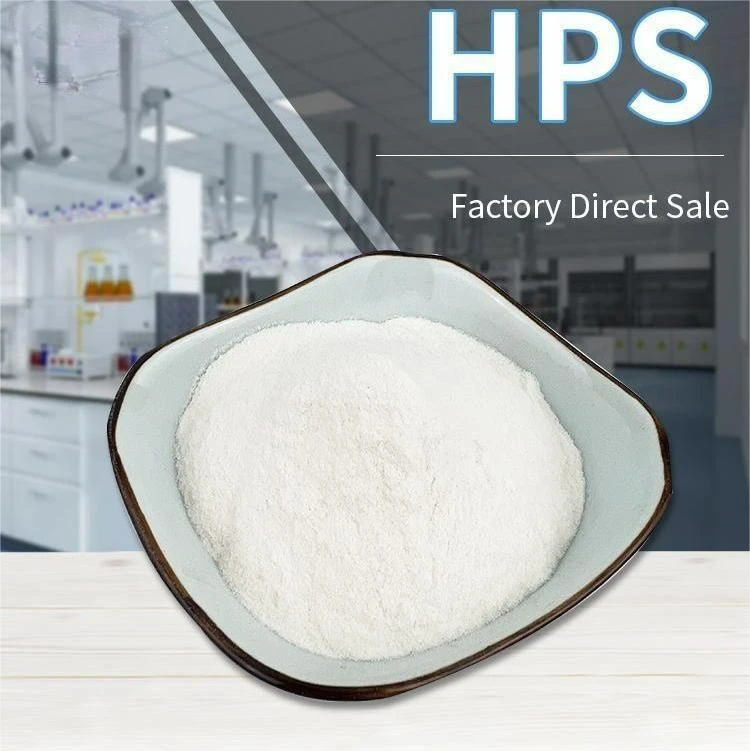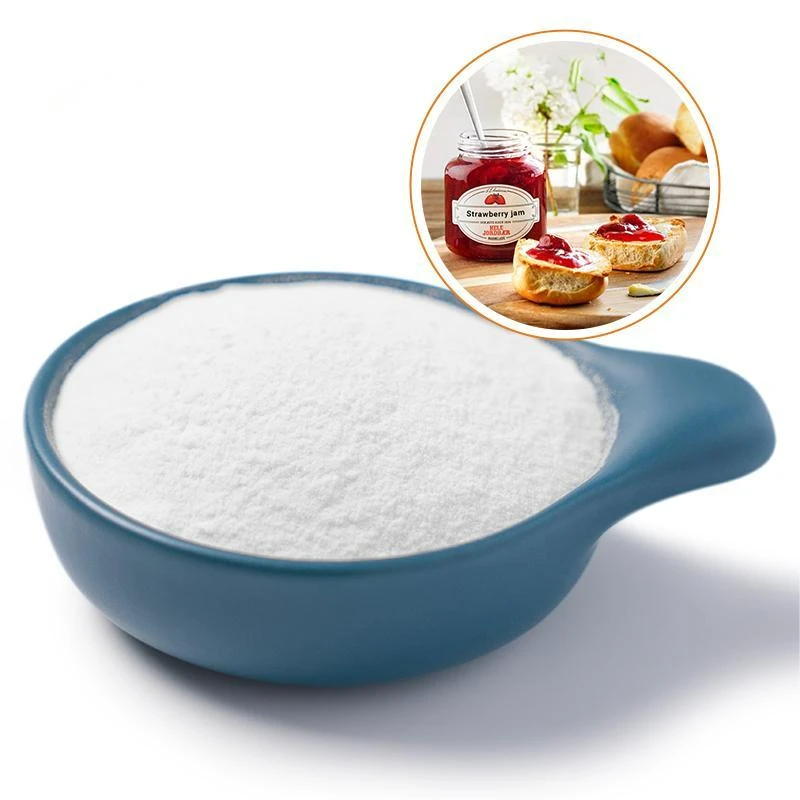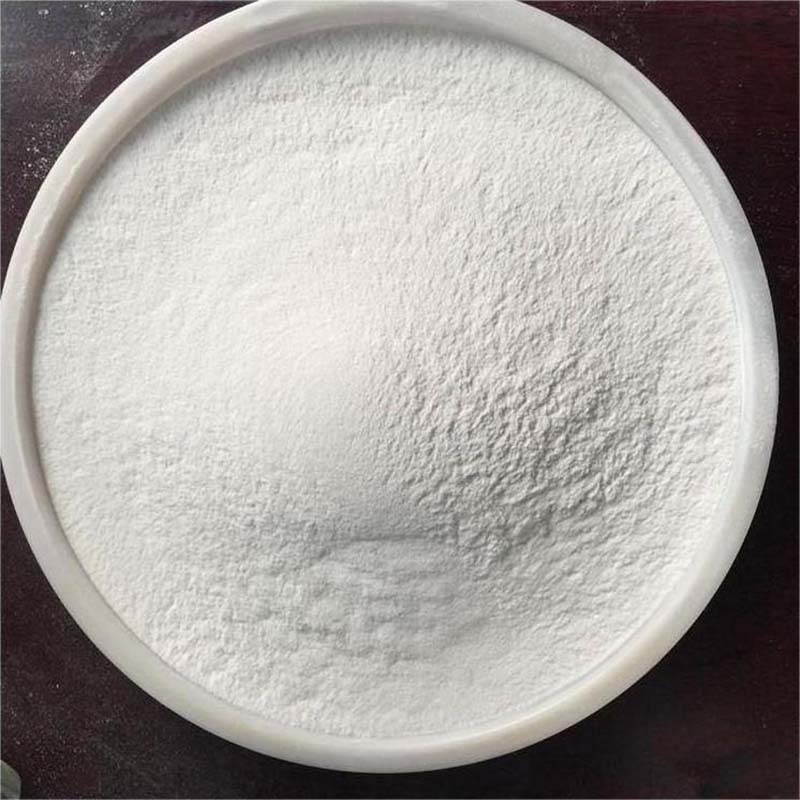Market Potential of Hydroxypropyl Starch Derivatives in Construction Materials
The construction industry's shift toward high-performance, sustainable additives has positioned Hydroxypropyl Starch Ether as a game-changing modifier for modern building materials. As wholesale suppliers adapt to evolving market demands, understanding the unique value proposition of starch-based additives becomes crucial. Hydroxypropyl Starch derivatives offer distinct advantages over conventional cellulose ethers, including enhanced thermal stability and improved workability in extreme conditions. These modified starch products demonstrate exceptional compatibility with diverse binder systems while delivering consistent performance across various applications. With manufacturers like Peze Technology (Shijiazhuang) Co., Ltd advancing production technologies, Sodium Hydroxypropyl Starch Phosphate and related derivatives are becoming increasingly accessible for large-scale construction projects, creating new opportunities for forward-thinking suppliers.
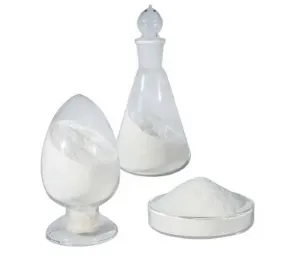
Understanding Hydroxypropyl Starch Ether Performance
The construction chemical sector continues to witness growing demand for high-performance additives, with Hydroxypropyl Starch Ether emerging as a standout solution for dry mortar applications. As a wholesale supplier, recognizing the unique advantages of this modified starch derivative can position your business at the forefront of innovative building material solutions.
Hydroxypropyl Starch Ether delivers exceptional rheological control in cementitious systems, offering superior workability and cohesion compared to traditional cellulose-based alternatives. Its molecular structure enables rapid viscosity development upon mixing, ensuring optimal material consistency for spray applications or troweling. The product's shear-thinning behavior allows for smooth application under mechanical forces while maintaining structural integrity once applied.
One of the most compelling features of Hydroxypropyl Starch Ether is its thermal stability. Unlike conventional additives that lose efficiency in high-temperature environments, HPSE maintains consistent water retention across varying climatic conditions. This makes it particularly valuable for summer construction projects or heated indoor applications where moisture control is critical for proper curing.
|
Functional Properties of Hydroxypropyl Starch Ether in Dry Mortar Applications |
|
|
Property |
Performance Benefit |
|
Rheology Control |
Creates 3D network for improved cohesion and anti-sag properties |
|
Water Retention |
Dual-action mechanism maintains hydration across temperature variations |
|
Shear-Thinning Behavior |
Enables smooth application while recovering viscosity post-application |
|
Binder Compatibility |
Works effectively with cement, gypsum, and lime systems |
|
Thermal Stability |
Performs consistently in both high and low temperature environments |
The table above summarizes the key functional advantages that make Hydroxypropyl Starch Ether an indispensable component in modern dry mortar formulations.
Sodium Hydroxypropyl Starch Phosphate Performance Advantages
Sodium Hydroxypropyl Starch Phosphate offers unique ionic characteristics that enhance dispersion and stability in cementitious systems. This modified starch derivative provides superior water retention and improved workability compared to conventional additives, particularly in high-performance mortar formulations.
Comparative Advantages of Hydroxypropyl Starch Variants
While Hydroxypropyl Starch Ether has established itself in construction applications, other derivatives like Hydroxypropyl Starch and Sodium Hydroxypropyl Starch Phosphate offer distinct properties worth considering. Hydroxypropyl Starch provides excellent film-forming capabilities, making it suitable for certain coating applications. Meanwhile, sodium Hydroxypropyl Starch Phosphate exhibits enhanced ionic characteristics that can be beneficial in specific formulation contexts.
Hydroxypropyl Starch Applications in Modern Construction
The versatility of Hydroxypropyl Starch makes it an increasingly valuable additive in specialized construction applications where film-forming properties and controlled viscosity are essential. Unlike Hydroxypropyl Starch Ether, which excels in mortar modification, standard Hydroxypropyl Starch demonstrates superior performance in spray-applied coatings and finishing compounds where it creates smooth, uniform surface layers. Its molecular structure allows for excellent adhesion to various substrates while maintaining flexibility in cured applications - a critical characteristic for crack-resistant finishes.
In tile adhesives and joint fillers, Hydroxypropyl Starch provides initial tack and open time adjustment without compromising final bond strength. The product's modified starch backbone interacts differently with water molecules compared to ether derivatives, resulting in distinctive rheological behavior that benefits certain specialty formulations. Manufacturers like Peze Technology (Shijiazhuang) Co., Ltd have optimized their Hydroxypropyl Starch production to meet the exacting requirements of these applications, ensuring batch-to-batch consistency in performance characteristics. When used in combination with other starch derivatives, it can help reduce formulation costs while maintaining key technical parameters.
FAQS about Hydroxypropyl Starch Ether
How does hydroxypropyl starch improve construction coatings?
Hydroxypropyl Starch enhances construction coatings by forming flexible films with superior adhesion and crack resistance, while optimizing viscosity for smooth application. Its water interaction properties provide better workability compared to traditional additives.
What makes hydroxypropyl starch ether thermally stable?
Unlike conventional cellulose-based additives, Hydroxypropyl Starch Ether maintains water retention through a dual-action mechanism involving hydrogen bonding and viscosity modification that remains effective across a broad temperature range.
Can hydroxypropyl starch ether replace HPMC in formulations?
While Hydroxypropyl Starch Ether can deliver comparable functional benefits to HPMC, the most effective approach often involves using both additives in combination to create synergistic effects that enhance overall mortar performance.
What applications benefit most from hydroxypropyl starch ether?
Exterior insulation systems and other demanding construction applications particularly benefit from Hydroxypropyl Starch Ether due to its excellent cohesion, anti-sag properties, and consistent performance across varying environmental conditions.
How does sodium hydroxypropyl starch phosphate differ from hydroxypropyl starch ether?
Sodium Hydroxypropyl Starch Phosphate incorporates phosphate groups into its molecular structure, giving it different ionic characteristics compared to Hydroxypropyl Starch Ether, which may be advantageous in certain specialized formulations.
-
The Versatile World of Carboxymethyl Cellulose Solution for Industrial SolutionsNewsJul.23,2025
-
Reliable Redispersible Polymer Powder Options for Professional BuildersNewsJul.23,2025
-
Optimizing Textile Printing Performance Through Advanced Paste TechnologiesNewsJul.23,2025
-
Innovative Applications of HEmc Cellulose in Modern IndustriesNewsJul.23,2025
-
Hpmc Gel Powder Adhesive Building ExcellenceNewsJul.23,2025

